Japan is set to lift its week-old "megaquake" warning later Thursday if no further major seismic activity is detected, according to Yoshifumi Matsumura, the minister of state for disaster management. The alert, issued last week, caused significant public concern, leading to a surge in demand for essential goods and prompting many to cancel their holiday plans, resulting in empty shelves in some stores.
Matsumura indicated that if no significant changes in seismic activity or crustal deformation are observed by 17:00 (0800 GMT), the government will end the special alert. However, he cautioned that the possibility of a major earthquake has not been entirely ruled out, urging citizens to continue to prepare for potential seismic events.
The warning was initially issued following a magnitude 7.1 earthquake last Thursday that injured 14 people. This tremor was a subduction megathrust quake, a type that historically has occurred in pairs and is capable of triggering devastating tsunamis. The advisory specifically concerned the Nankai Trough, a subduction zone in the Pacific Ocean that has been the site of massive earthquakes in the past.
The Nankai Trough, an 800-kilometer (500-mile) undersea trench, runs from Shizuoka, near Tokyo, to the southern tip of Kyushu island. It has been the source of several of Japan's most powerful earthquakes, including a devastating quake in 1707 and a series of quakes in the mid-19th and mid-20th centuries.
Experts estimate that there is a 70 percent chance of a magnitude 8-9 megaquake occurring along the Nankai Trough within the next 30 years. In a worst-case scenario, such an event could result in the loss of 300,000 lives and cause up to $13 trillion in damage, with widespread infrastructure destruction.
This recent warning was the first issued under new guidelines established after the catastrophic 2011 earthquake and tsunami, which led to the Fukushima nuclear disaster. The 2011 event was one of Japan's most devastating post-war catastrophes, with around 18,500 people dead or missing and a global impact on nuclear safety.



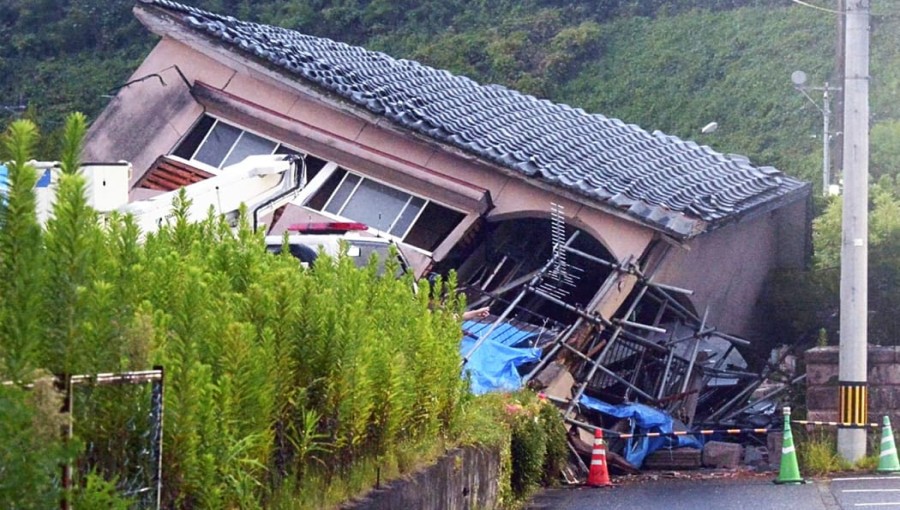

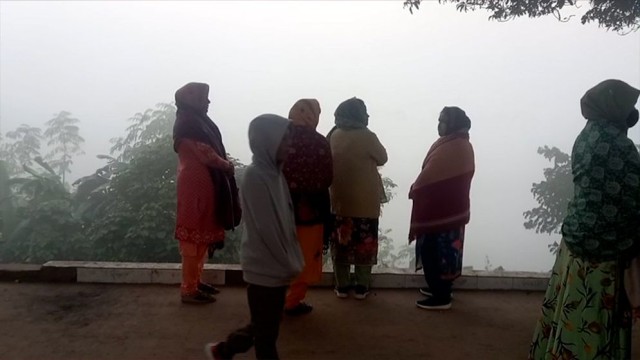
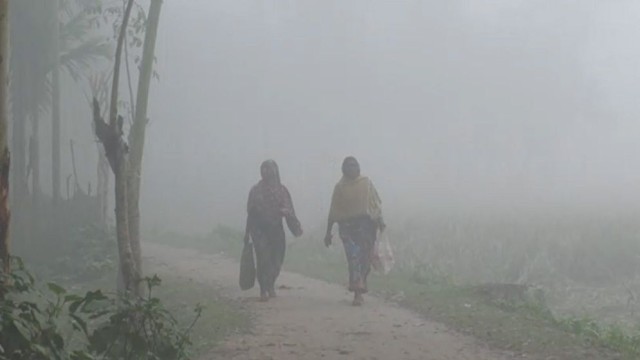
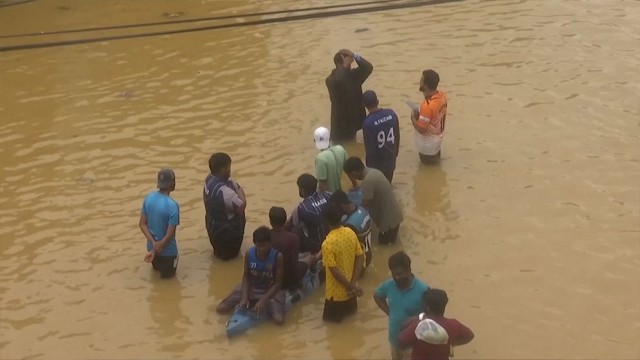

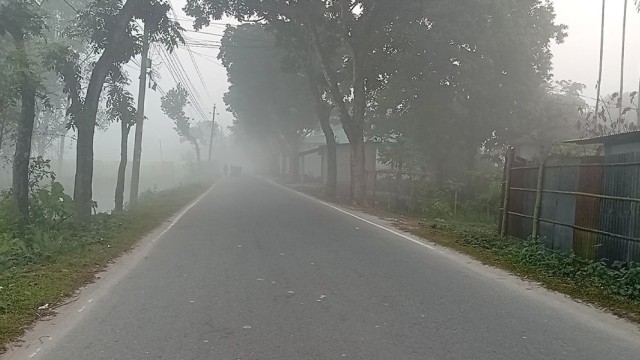



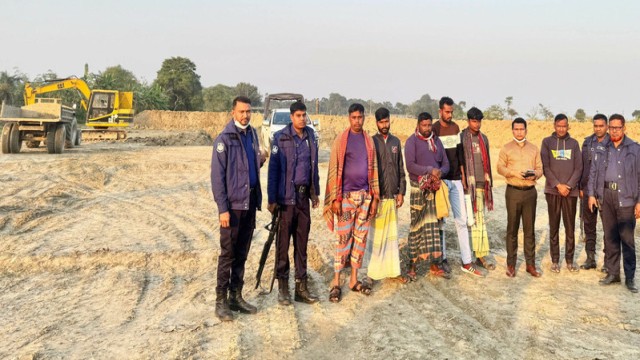





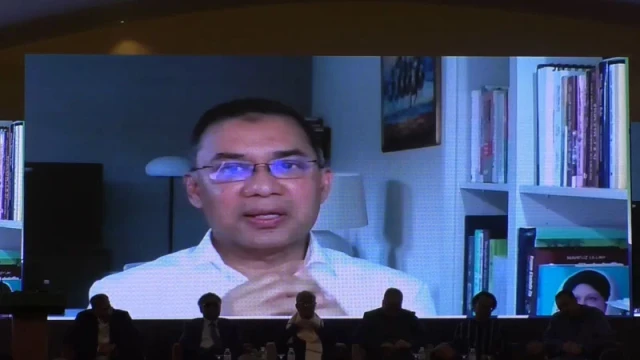


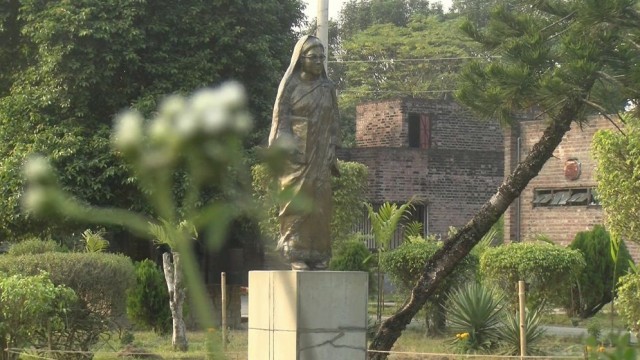





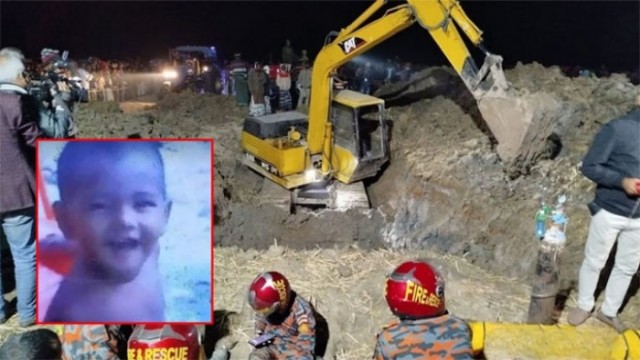

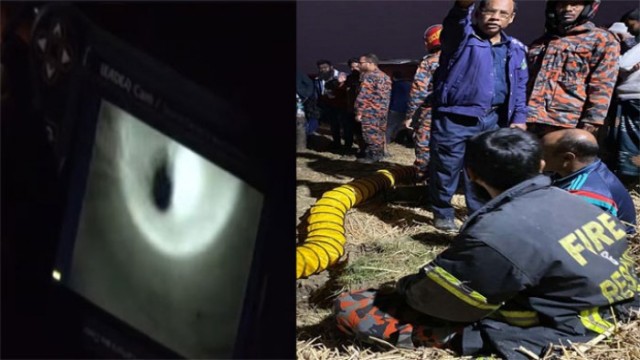
Comment: